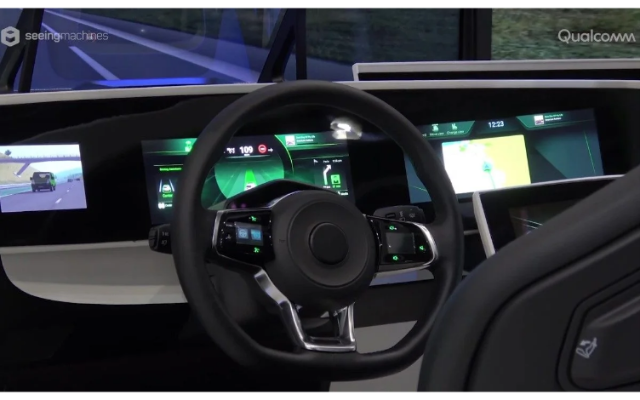Seeing Machines ultimately decided to adopt Seagate Lyve® Mobile data transfer as a service, utilizing Lyve Mobile Array hardware along with Seagates Cloud Import service. While Seagate may be known to many as global providers of storage hardware, the company also provides multiple data-related services such as rescue data recovery and—through its Lyve platform—data transfer, cloud import, and its own S3-compatible object storage (in Lyve Cloud).
National Instruments (NI), the organization Seeing Machines partnered with to provide commercial, off-the-shelf (COTS) hardware and software for scalable in-vehicle data gathering systems, made the suggestion to employ Seagate solutions.
For this campaign, Seeing Machines reviewed alternative options, including storing the vehicle-generated data on multiple disk drives and using postal services to send the devices back to Australia...a much slower process compared to using Lyve Mobile and Cloud Import. Seeing Machines decided against this option to minimize delays in getting data into their engineering team’s hands.
The Lyve Mobile Array solved the initial challenge of what technology was best suited to capture and store in-vehicle data. Seagate’s device connects seamlessly with National Instruments’ data logging environment using high-speed PCIe connectivity. For Seeing Machines, the Lyve Mobile Array’s easy integration with the NI PXI test and measurement platform was a key differentiator. It connects directly to an NI PXI chassis, which also hosts a camera interface card that records raw video from the connected Guardian unit. The raw video camera feed from the NI PXI gets recorded to the Lyve Mobile Array. The whole combined system is integrated into the vehicle undergoing independent testing.
With the in-vehicle data challenge met, that left the significant, subsequent challenge of getting the remote vehicle data generated in Spain to Seeing Machines engineers in Australia via the cloud as quickly as possible. Seagate met the company’s needs again with its integrated, vendor-agnostic Cloud Import service. Cloud Import is an additional feature for Lyve Mobile Services that allows customers to easily accelerate data ingestion from the field to all major public clouds. It’s a game changer for organizations in data-hungry industries that constantly move mass data in unique environments where time-to-data is critical.
Not tied to a vendor, Seagate Cloud Import Service can utilize a wide range of network ingestion points (hotspots) around the world. In Seeing Machines’ case, the Lyve Mobile Array gets transported from the data collection site in Spain to the nearest in-country hotspot and from there, its multiple terabytes of data get imported into AWS. For this project, the Seagate Lyve Mobile/Cloud Import solution has collected the field data, transported the device, and made its contained data accessible to the customer in Australia (via AWS access) in less than 48 hours.




















